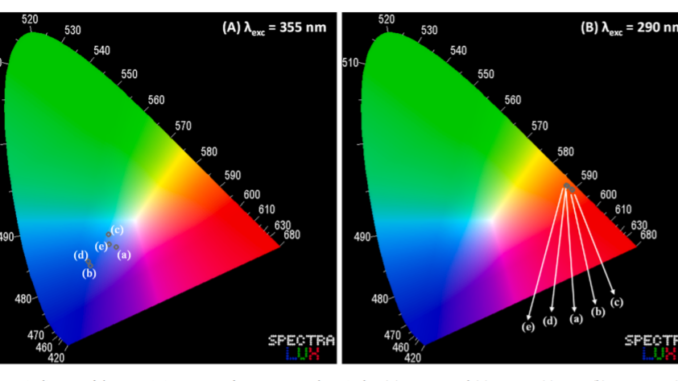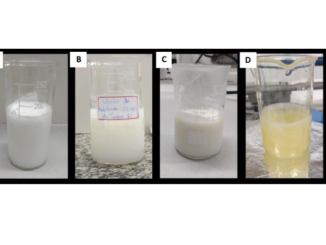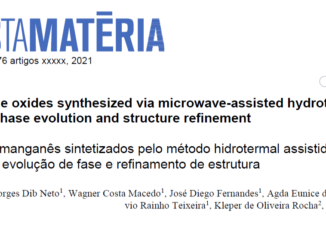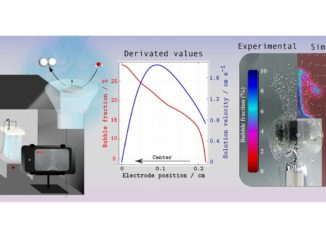
Tailoring Bi2MoO6 by Eu3+ incorporation for enhanced photoluminescence emissions
Abstract: Here, an experimental study is presented on the structural, electronic, and optical properties of Bi2-xMoO6:xEu3+ (x = 0, 0.5, 1.0, 2.0, and 4.0 mol%) materials, synthesized by means of the microwave-assisted solvothermal method using ethylene glycol as a solvent. Different characterization techniques (X-ray diffraction measurements with Rietveld refinements, Raman and ultraviolet–visible diffuse reflectance spectroscopy, field emission scanning electron microscopy, and photoluminescence emissions) have been employed to examine the structural and electronic properties, energy transfer and defect evolution which control the performance of the as-synthetized materials. Present findings provide deep insights into the substitution of Eu3+ cations in Bi2MoO6, with focus on their influence on process that dictate the superior optical properties.
Author(s): Ivo M. Pinatti, Fabio A. Pires, Priscila B. Almeida, Paula F. S. Pereira, Marcio D. Teodoro, E. Guillamón, Alexandre Z. Simões, Juan Andrés, Elson Longo & Ieda L. V. Rosa.
Journal of Luminescence
243 (2022) 118675
PDF: Tailoring Bi2MoO6 by Eu3+ incorporation for enhanced photoluminescence emissions
DOI: https://doi.org/10.1016/j.jlumin.2021.118675
CDMF
The CDMF, hosted at the Federal University of São Carlos (UFSCar), is one of the Research, Innovation and Dissemination Centers (RIDC) supported by the São Paulo State Research Support Foundation (Fapesp), and also receives investment from the National Council Scientific and Technological Development (CNPq), from the National Institute of Science and Technology of Materials in Nanotechnology (INCTMN).




